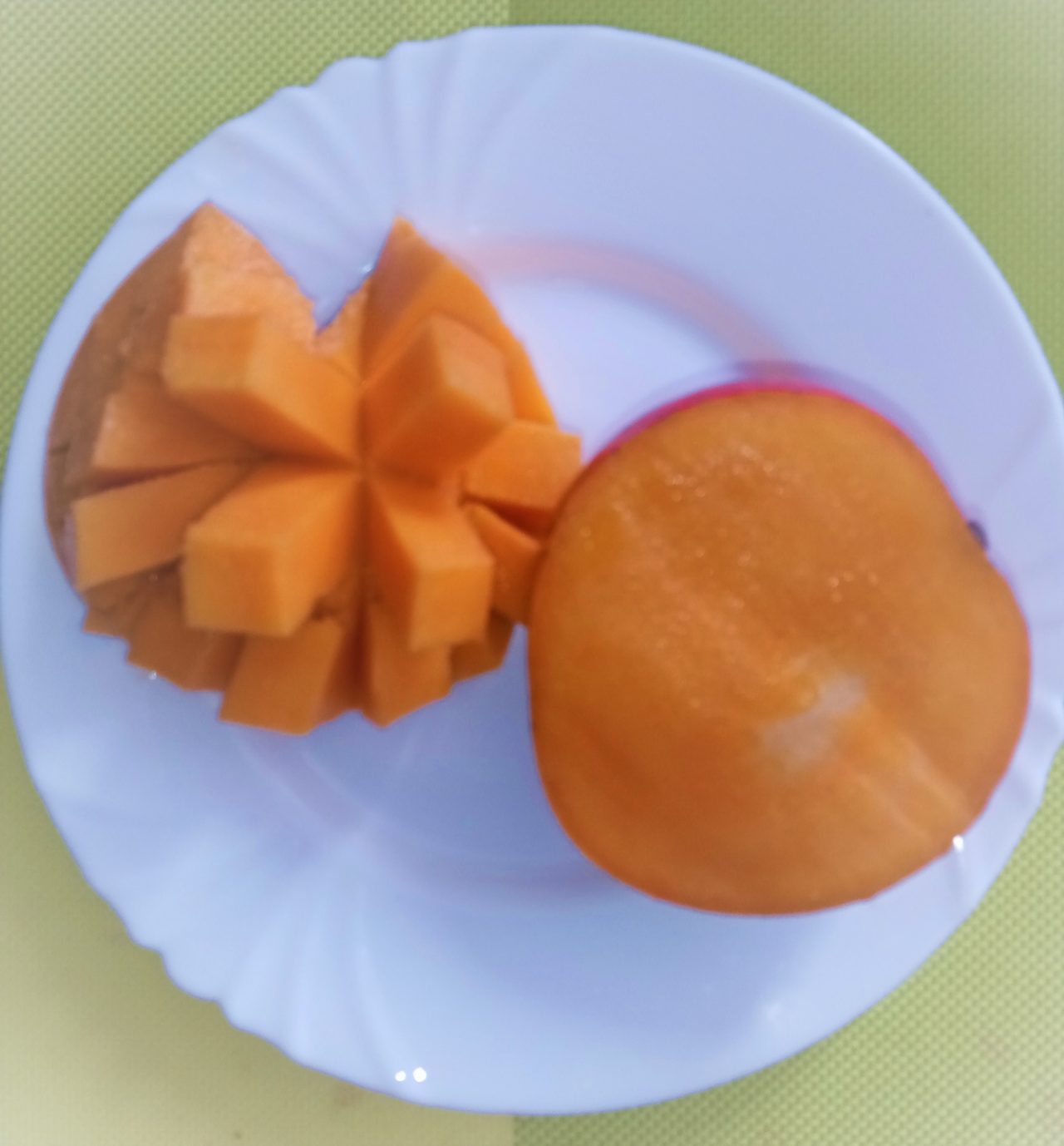Do you prefer juiced fruit to a whole fruit?

Fruits contain simple sugars just like table sugar, that are easily absorbed in the blood stream raising the blood glucose.
Fruits however contain fiber that helps in digestion and slows the release of glucose in the blood.
Fiber helps with satiety, which is important for weight management as well as the prevention of some chronic diseases.
The pulp and skin of the fruit is high in dietary fiber. Dietary fiber plays a large role in not only promoting regular bowel movements and preventing constipation but also in other health benefits like lowering the risk of diabetes, heart disease and maintaining healthy weight.
Soluble fiber slows digestion and the rate at which carbohydrates and other nutrients are absorbed in the blood stream which prevents rapid spikes in blood glucose after eating. When you eat a fruit whole, the dietary fiber in the pulp binds to the natural sugar in the fruit as it travels through your gastrointestinal tract. This binding action makes it harder and take longer for your body to absorb the sugar. As a result, the fruit’s sugar accumulates in your blood at a lower and slower rate if you eat the fruit whole than if you drink fruit juice
Insoluble fiber provides bulk for stool formation and speeds up the movement of food and waste through the digestive system.
Most fresh juice sold out there have added sugars and stripped of all the fiber making it easy for absorption in the blood and causing rapid spike of blood glucose. Sensing that you have more sugar than you need, your body quickly releases insulin, leading to a large amount of the sugar in your blood being converted to fat and glycogen. In this way, the blood sugar spike leads to a blood sugar dip (unless more food is eaten), leaving you hungry again. And being hungry makes you eat more. In this way, drinking fruit juice leads to poorer regulation of blood sugar and increased calorie consumption, when compared to eating whole fruits.
If you must drink it, blend (not juicing) together with the pulp and skin (where edible- skin is a powerhouse of nutrients). You can add green vegetables for more fiber (Sukuma, spinach, lettuce) to make a green smoothie, or at least a combination of two fruits with high fiber content (mango, pineapple, orange). You can add some nuts as well to enhance the nutrients (protein and fat). Homemade is better since you are in control of ingredients.
If smoothie is the only way you’re going to get fruits and vegetables into your diet, don’t go overboard. Because it’s easier to drink a smoothie than eating whole fruits, it’s possible to overconsume. Therefore, portion control is key.

